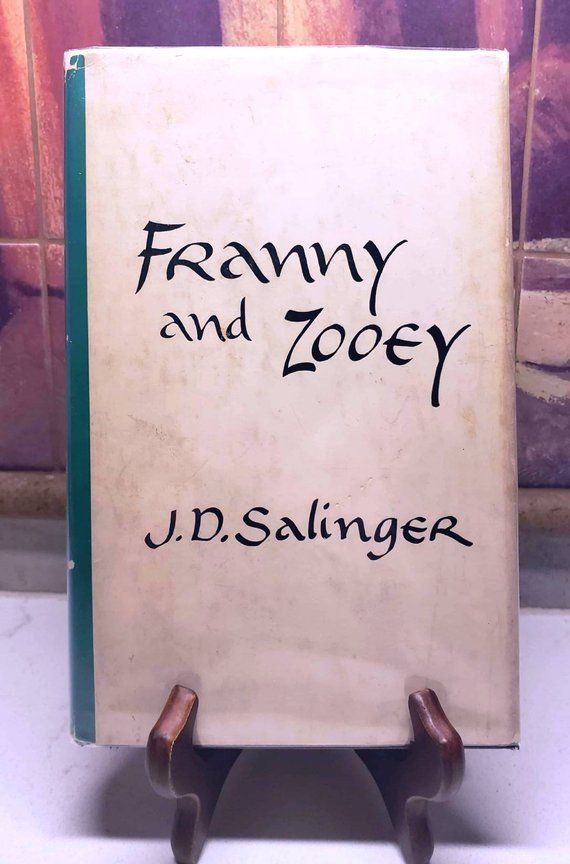
This is seemingly ironic, since Salinger published so frequently in The New Yorker, the epitome in bourgeois periodicals. The more earthbound goal of the novel is as a critique of 1950s bourgeois culture. Just like the Glasses, he had to come to terms with his fame. But Salinger is also known for having flirted with and exploited his fame, hanging out in New York's chic nightclubs and dating playwright Eugene O'Neil's daughter, Oona. Salinger, of course, became famous from The Catcher in the Rye, and his fame is part of what made him flee to New Hampshire. Bolstering these views are the novel's depiction of celebrity and its attendant ills. On the jacket cover to Franny and Zooey, he takes this further, addressing directly the need for privacy in the writer's life.

These may be viewed both as philosophical arguments, and as Salinger's justification for his reclusive lifestyle. The novel makes many arguments for the necessity of privacy - namely, that the artist can worry only about his own art, and not its reception. Buddy Glass, Salinger's alter ego, has sequestered himself in a rustic house, much like Salinger did in Cornish, New Hampshire. Likewise, the idea of privacy pops up frequently in the novel. Franny and Zooey may be viewed as Salinger's fusion of Judeo-Christian religion and Eastern religion, and both Franny and Zooey go to great lengths to show the similarities between the different doctrines, especially in regards to incessant praying. He had delved deeper into studies of Buddhism and other Eastern religions, and their central concepts, which peek up in his earlier work, take center stage here. The major themes surrounding Franny and Zooey accord with Salinger's life.

They were combined into the novel in 1961, and rose to number-one that year on The New York Times bestseller list. Both the stores "Franny" and "Zooey" were originally published, as most of Salinger's stories were, in The New Yorker magazine, in 19, respectively. After his 1951 classic, The Catcher in the Rye, Salinger devoted his time to writing about this family of mystical prodigies in several stories from Nine Stories (1953) and Raise High the Roof Beam, Carpenters and Seymour: An Introduction (1963). Franny and Zooey is a major piece of J.D.


 0 kommentar(er)
0 kommentar(er)
